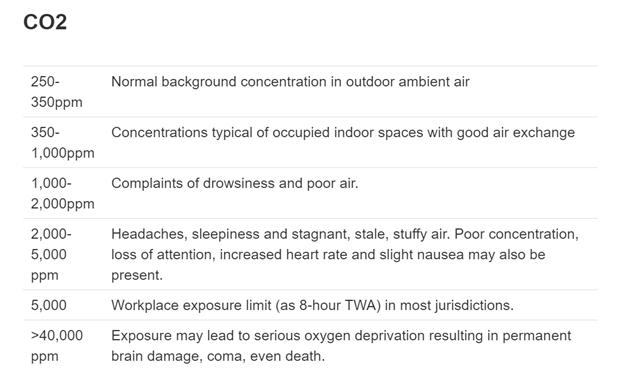Hello,
I'd like to ask you for a CO2 sensor recommendation. My goal is to measure an air quality indoors (at home, office...) and take this as one of factors to control a ventilation. It is a hobby project to be installed at my home.
So far, I've found quite famous MQ-XX sensors, using various metal compounds. They are cheap (ca. €4), but need to be calibrated. Then I found quite a few Amphenol sensors, using IR light, priced ca. €150 - €350.
There are also volatile organic compounds (VOC) sensors, which provide output that correlates with CO2 level.
My requirements are: package solder-able at home (or a ready made module with a connector), some common interface (I2C for example), no need to calibrate the sensor.
Did you use any of the mentioned above in your projects?
Thank you, David


